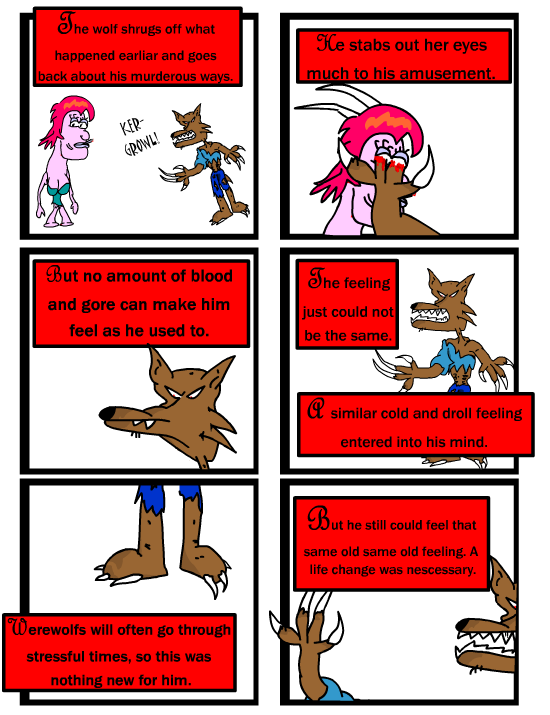werewolf

Author notes
02
marine onAnxiety is a physiological state characterized by cognitive, somatic, emotional, and behavioral components. These components combine to create the feelings that we typically recognize as fear, apprehension, or worry. Anxiety is often accompanied by physical sensations such as heart palpitations, nausea, chest pain, shortness of breath, or headache.
The cognitive component entails expectation of a diffuse and uncertain danger. Somatically the body prepares the organism to deal with threat (known as an emergency reaction): blood pressure and heart rate are increased, sweating is increased, bloodflow to the major muscle groups is increased, and immune and digestive system functions are inhibited. Externally, somatic signs of anxiety may include pale skin, sweating, trembling, and pupillary dilation. Emotionally, anxiety causes a sense of dread or panic and physically causes nausea, and chills. Behaviorally, both voluntary and involuntary behaviors may arise directed at escaping or avoiding the source of anxiety and often maladaptive, being most extreme in anxiety disorders. However, anxiety is not always pathological or maladaptive: it is a common emotion along with fear, anger, sadness, and happiness, and it has a very important function in relation to survival.


Comments
Please login to comment.
Login or Register${ comment.author }} at
${ comment.author }} at